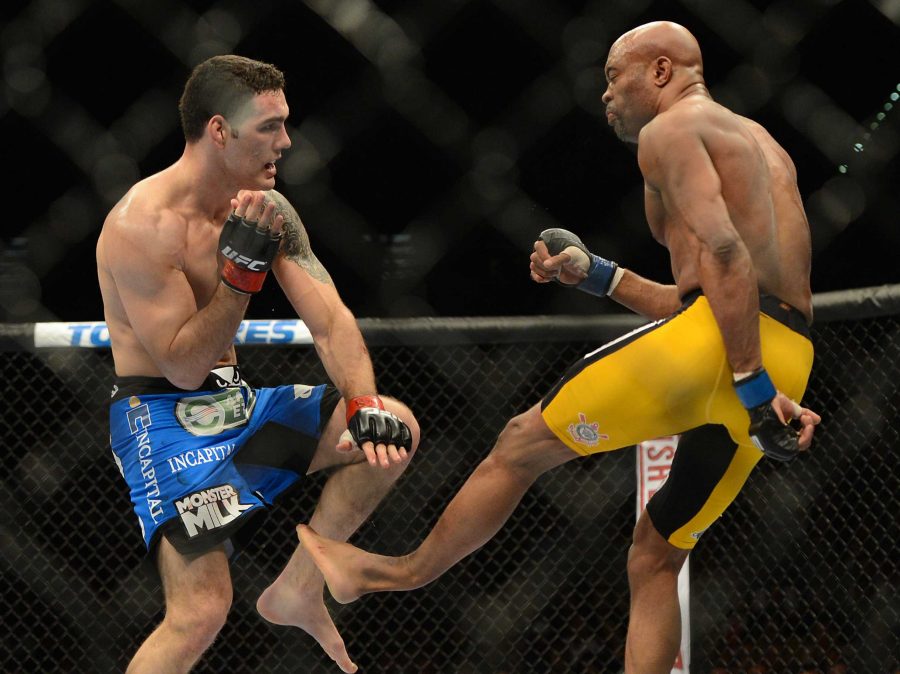Worst Sports Injuries
Over the course of an athlete’s career, many are involved in incidents that can be dangerous and usually result in some kind of injury that requires them to take time off from playing. Sometimes injuries can be mild and non-career threatening, even sometimes they are back to playing before the game is over. Some injuries, on the other hand, can be quite brutal and can result in either missing a whole season or two, or, in extreme cases, a career can end earlier than planned.
Of the many injuries in sports history there are a few that stand out for their level of brutality. One injury that happened fairly recently was former University of Louisville Cardinals basketball player Kevin Ware who suffered an open compound fracture during a game between Louisville and Duke University in 2013. During the game, Ware went to block a shot from a Duke player and landed resulting in an injury. After the landing and the injury, the game was delayed for several minutes while medics carried Ware off the court. Ware’s injury forced him to miss the rest of the season. It did not end his career in basketball, as Ware went on to play one more season for Louisville before transferring to Georgia State for the rest of his college career. After college Ware then went on to play in the Finnish basketball league.
While some injuries end with the athlete recovering and returning to the sport, sometimes injuries end up being something of a comeback story–such as the case with former Red Sox pitcher Curt Schilling. During game one of the 2004 American League Divisional Series against the Anaheim Angels, Schilling injured his ankle and received a torn tendon sheath. After taking the rest of the ALDS off Schilling returned in the first game of the American League Championship Series and after playing the game, it was famously known as the “bloody sock game” due to Schilling’s sock being filled with blood after the game. Schilling then went on to pitch again for the Red Sox in Game 2 of the 2004 World Series; this time winning against the St. Louis Cardinals. This was not only a comeback for Schilling but also was the first time the Red Sox won the World Series since 1919, and marked the end to the “Curse of the Bambino”.
While sometimes athletes come back from injuries after taking time off, sometimes athletes suffer a serious injury and are forced to retire as a result of it. This is what the case was with former professional wrestler “Stone Cold” Steve Austin. During a match at the 1997 SummerSlam event, Steve Austin was facing off against Owen Hart. During the match, Hart hit Stone Cold with a pile driver. Due to Hart’s height, Stone Cold didn’t have enough time to respond to it and Hart botched the move. After the move, Austin was reportedly paralyzed from the neck down for a couple of minutes. As a result of the move, Austin had broken his neck and was required to take several months off of wrestling. While Austin didn’t retire right away, he still had problems because of the neck injury that stuck with him for the rest of his career, so he had to take it easier in the ring. Since Austin continued to wrestle for years after the initial injury, it caused more pain on his neck and led to more problems eventually requiring him to retire in 2003 at the age of 38.
Sports injuries can be traumatic. For squeamish viewers, some can get really ugly. While the horrors of sports injuries are ever present, it is no doubt that playing the game you love is worth the risk.

